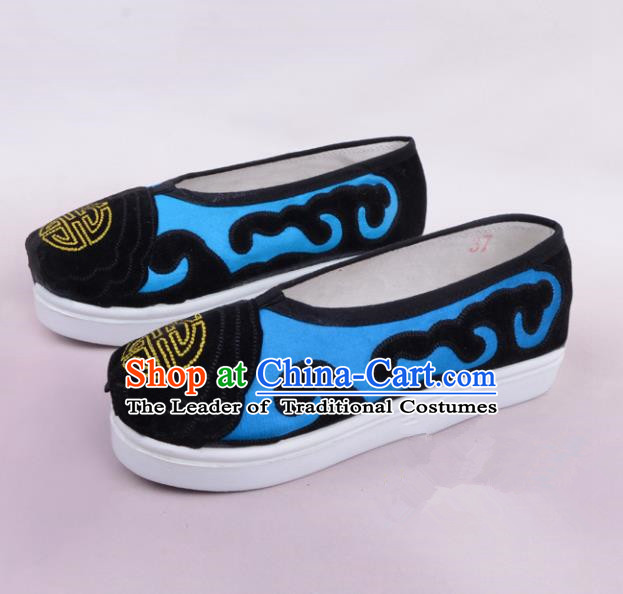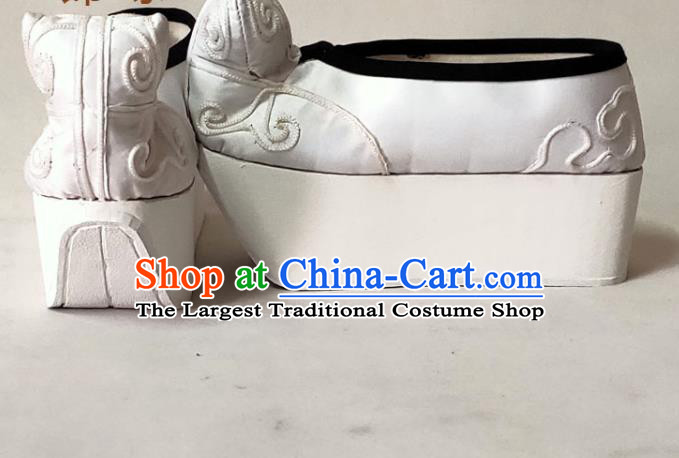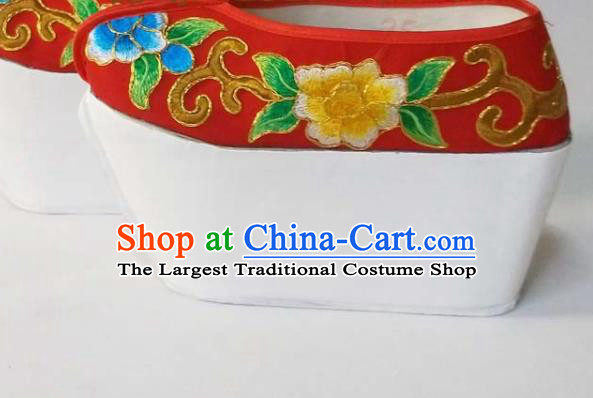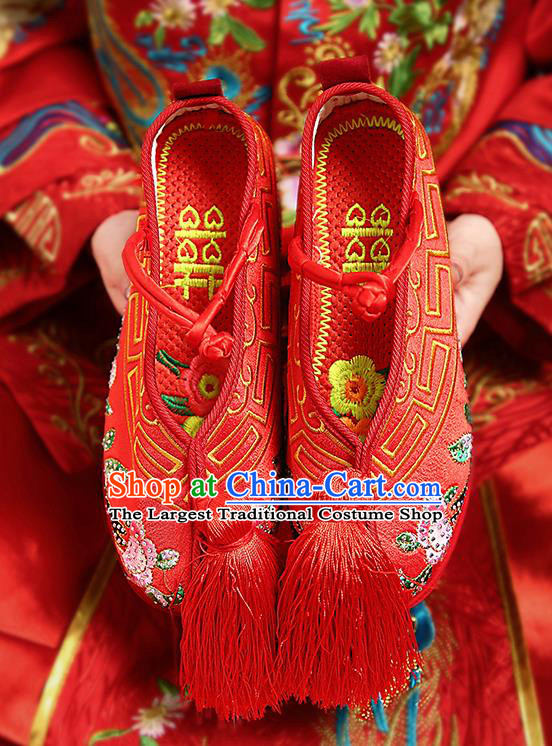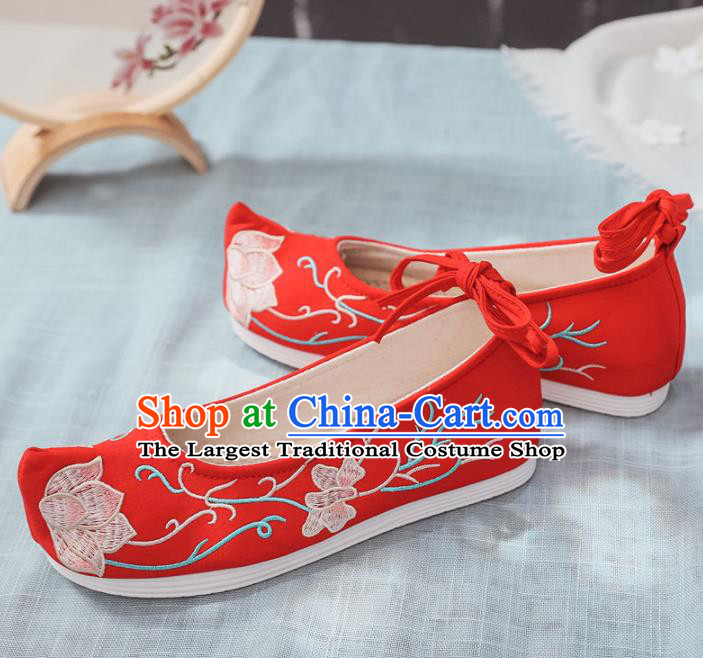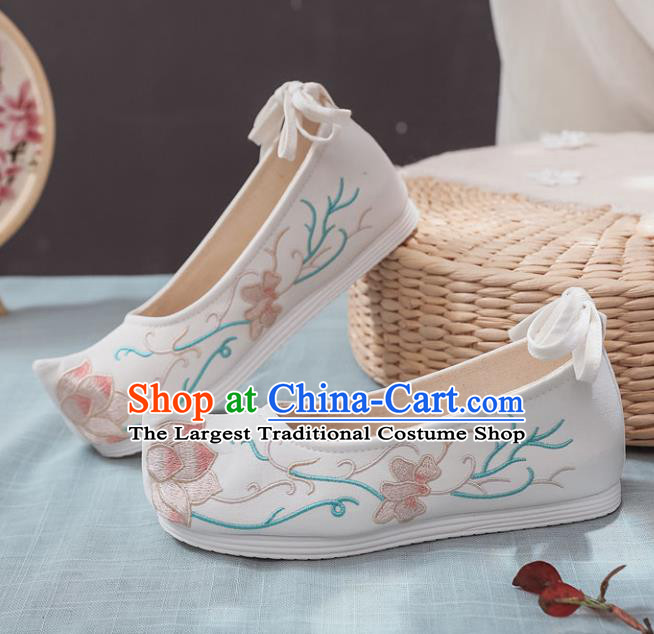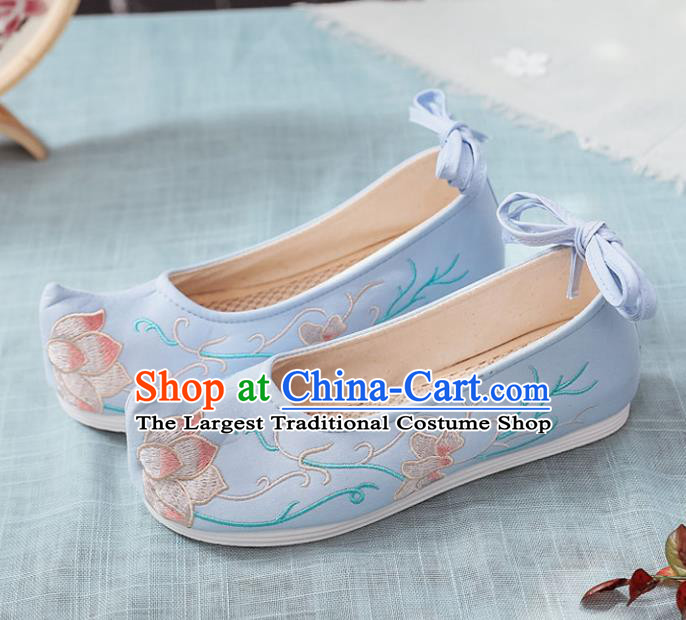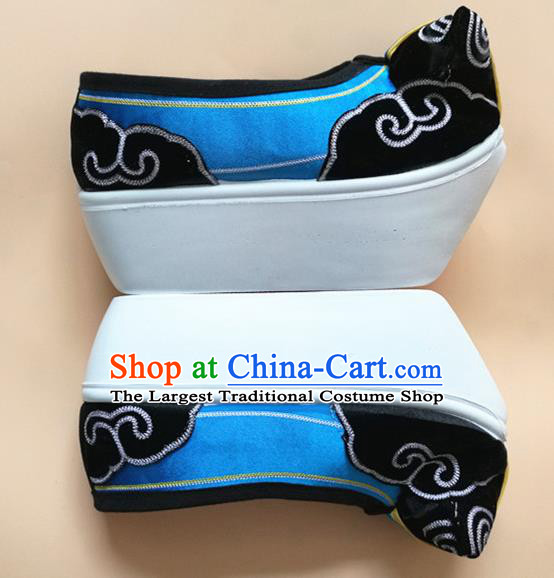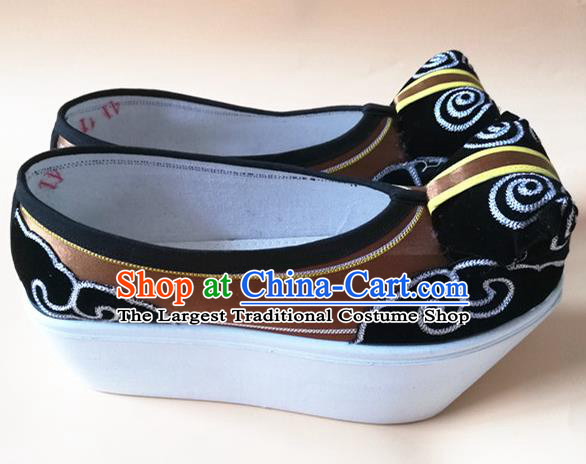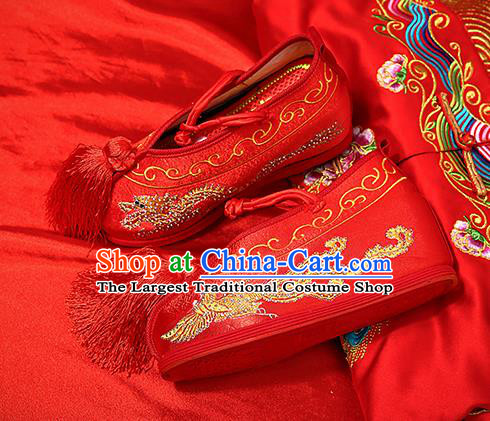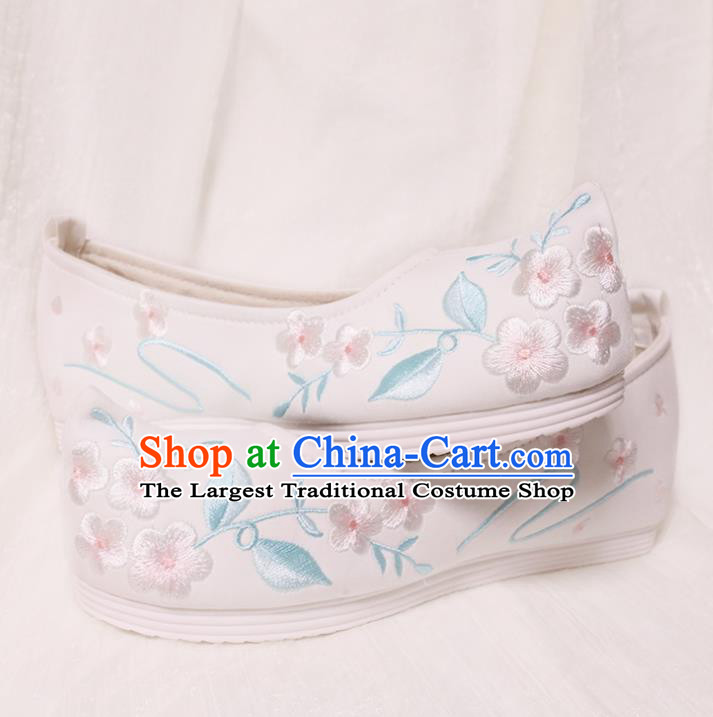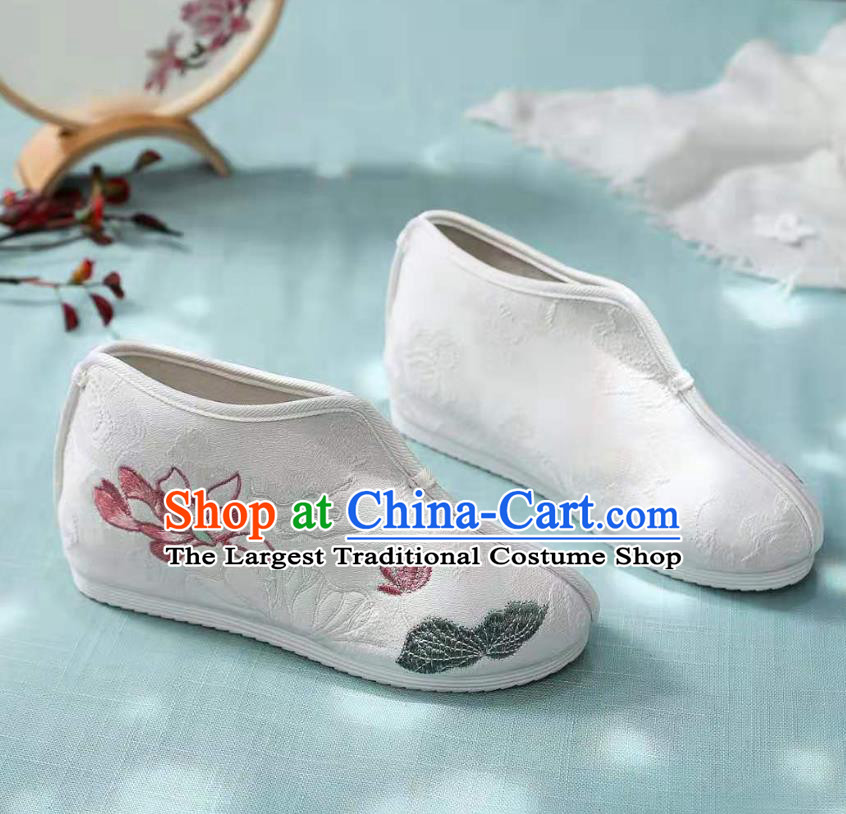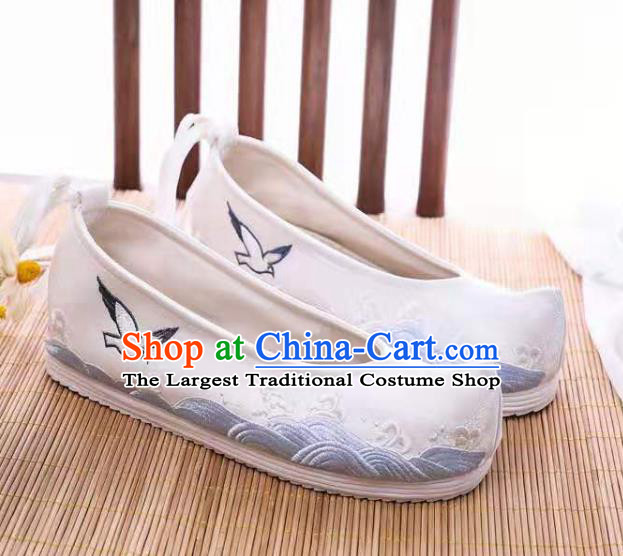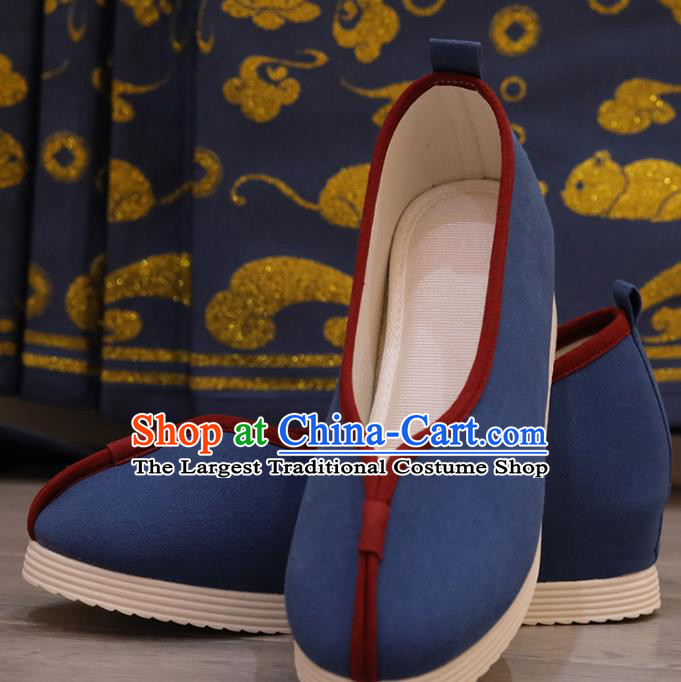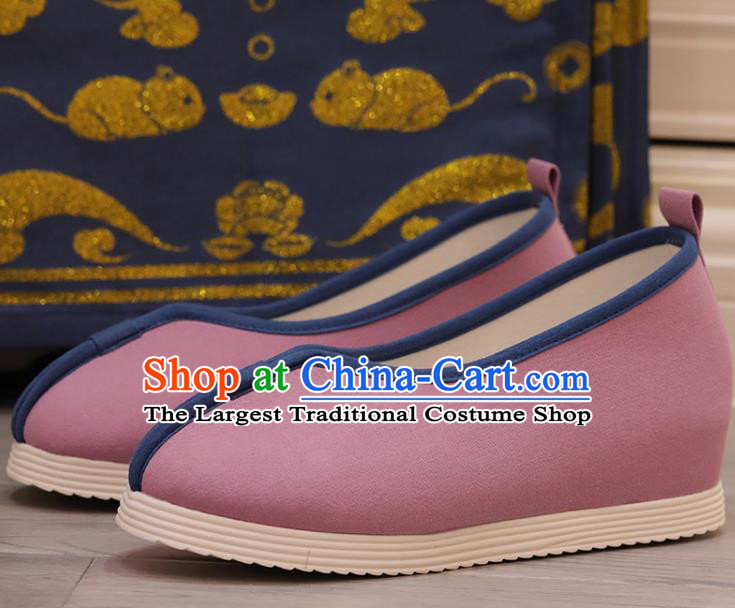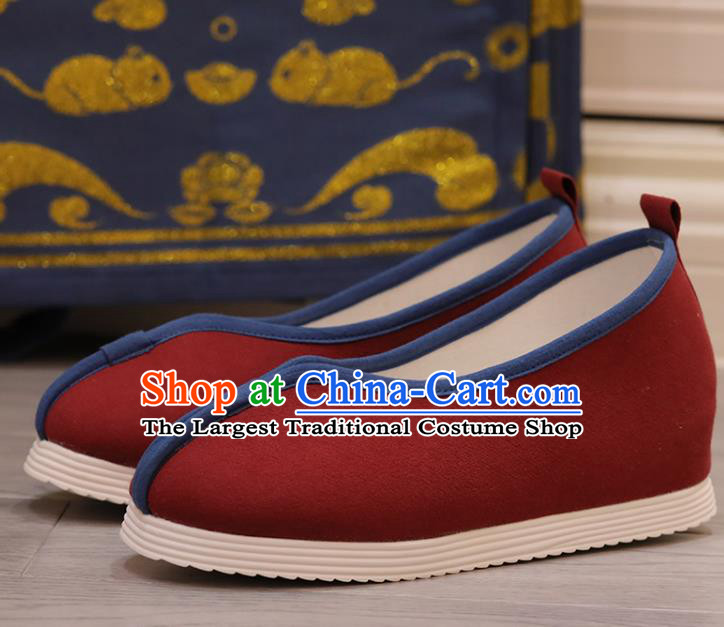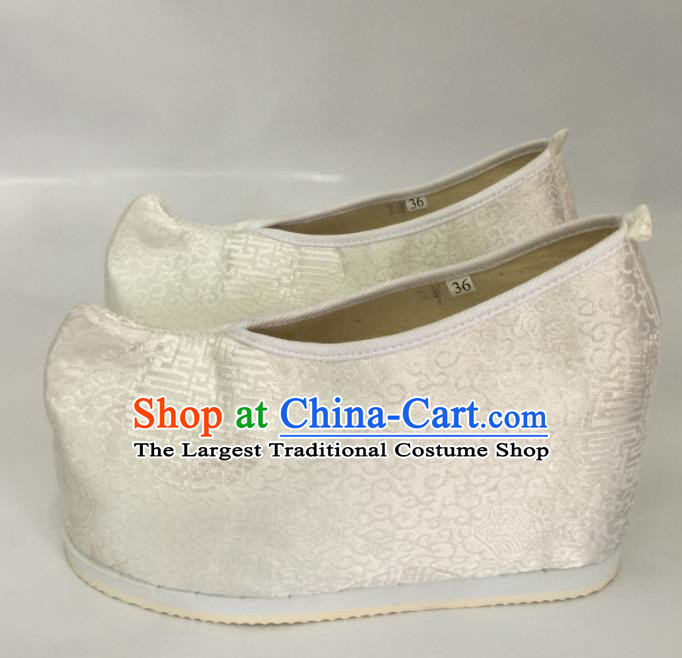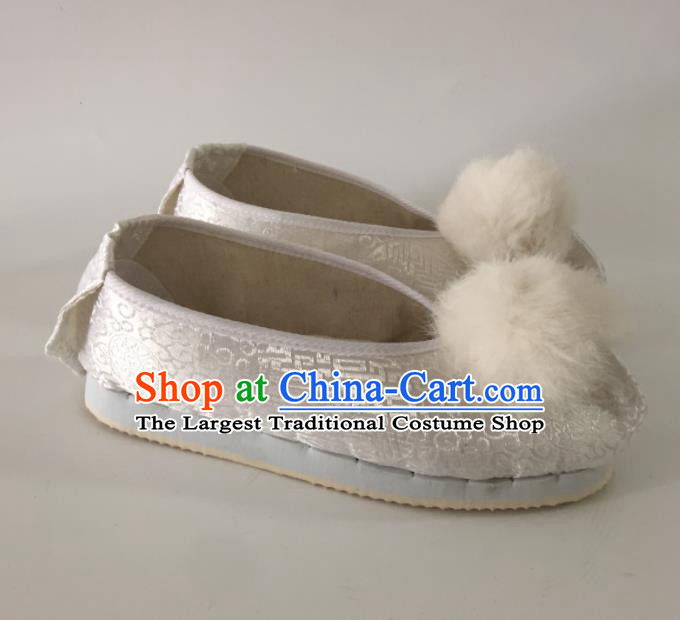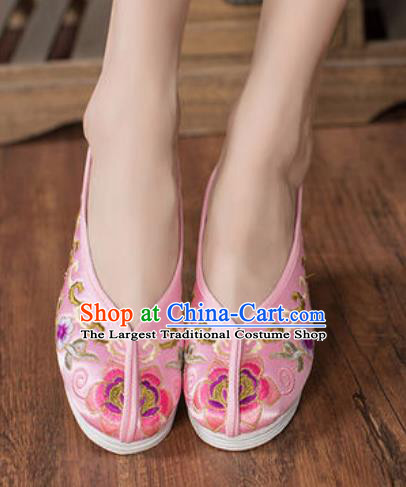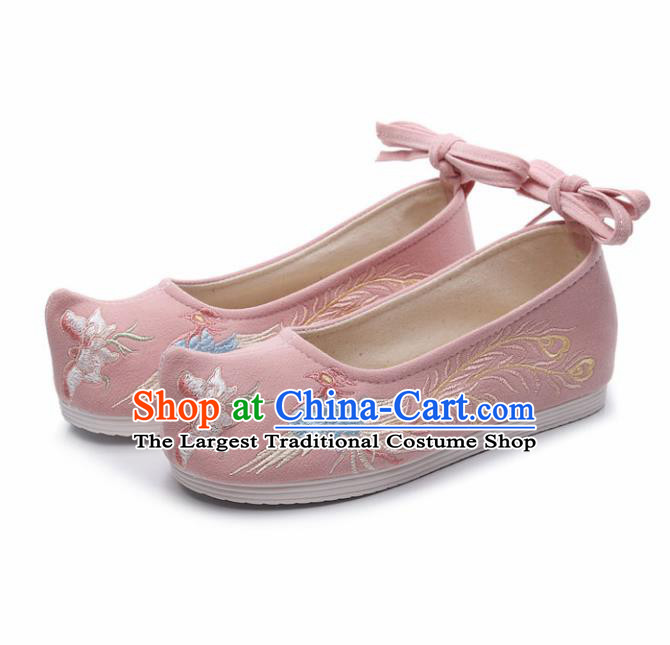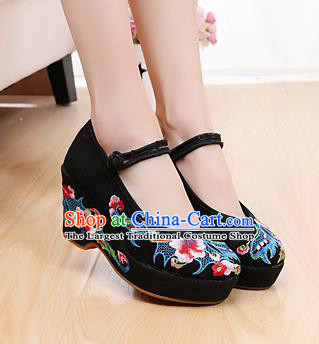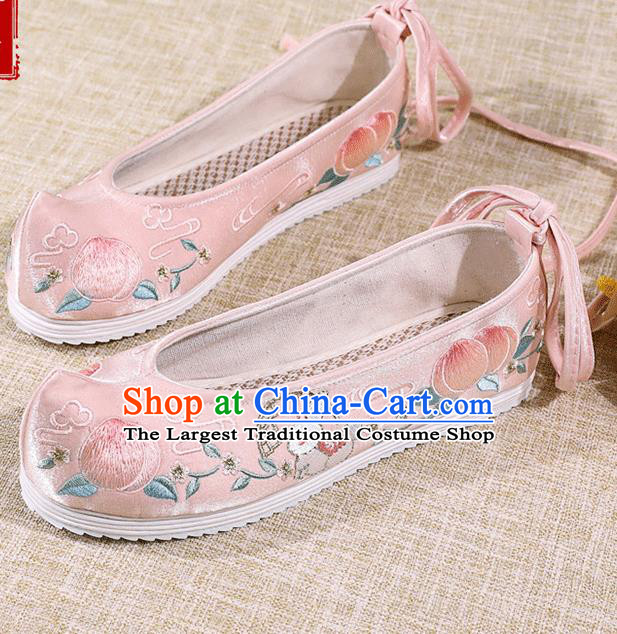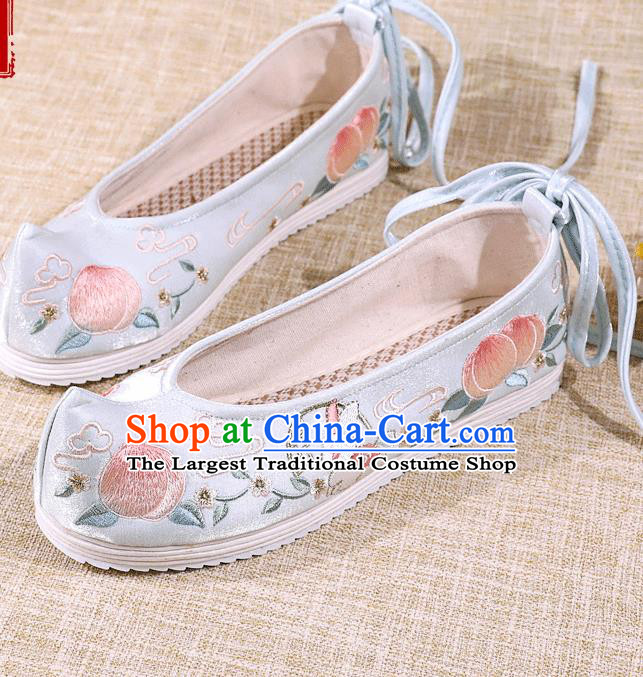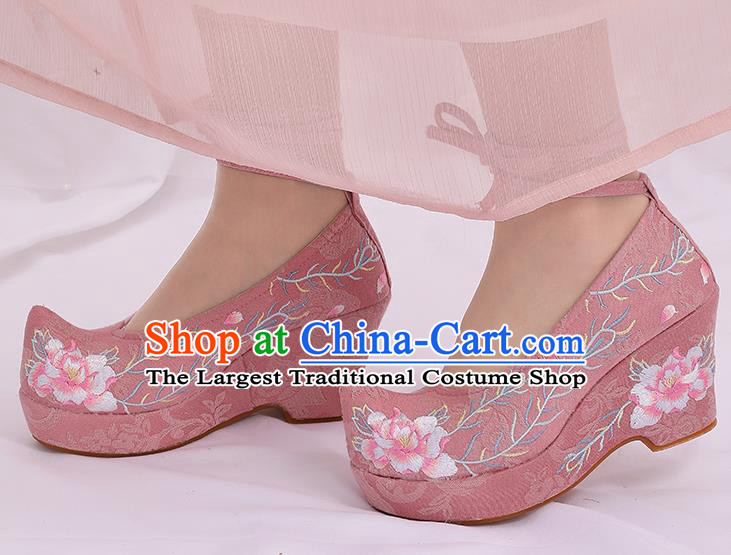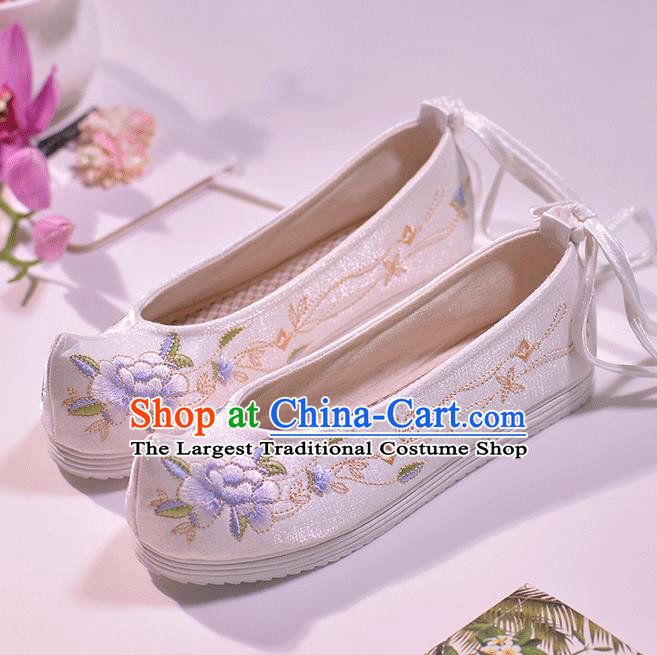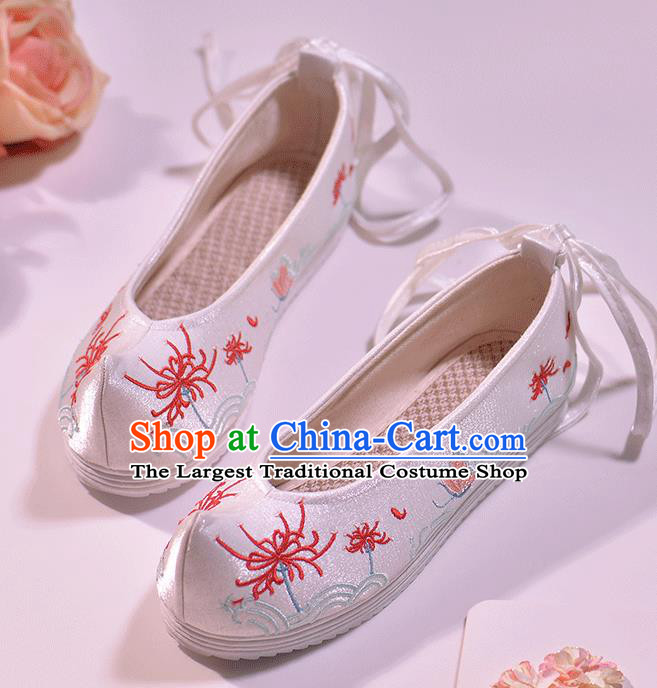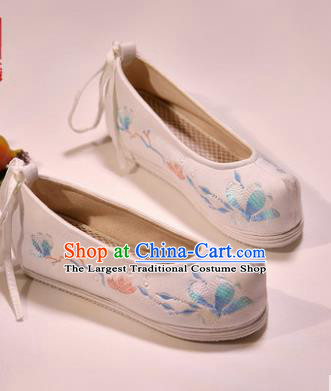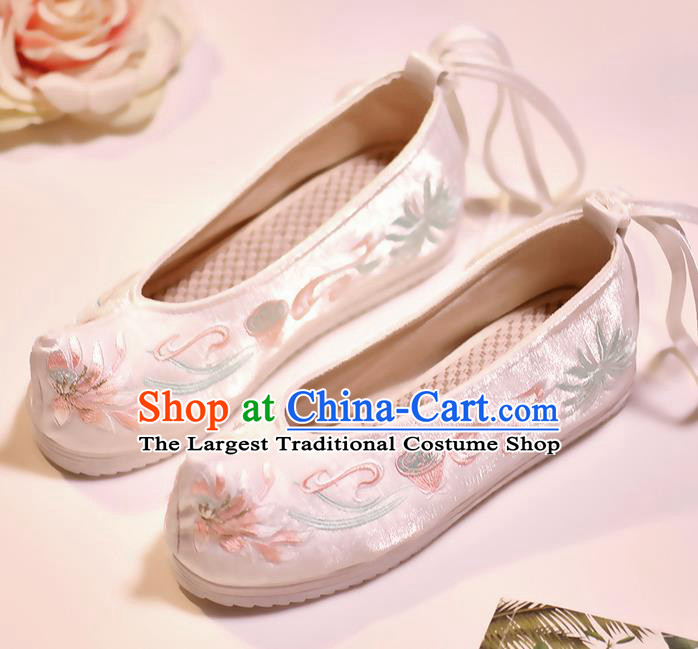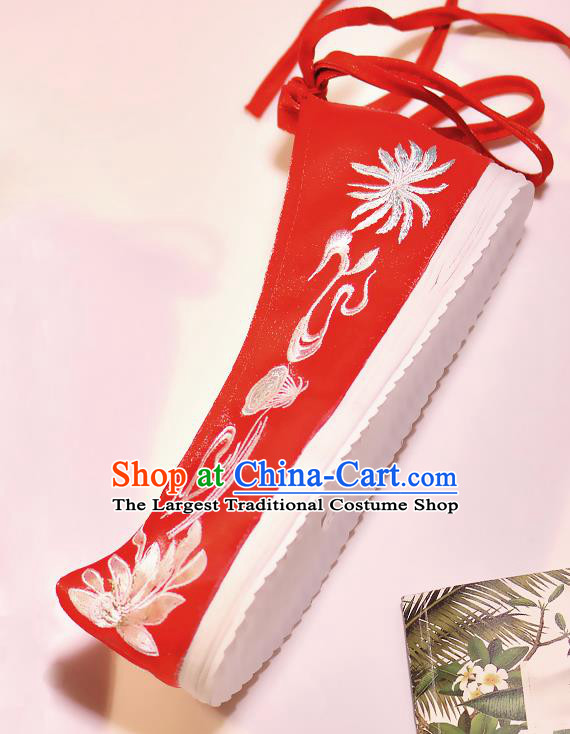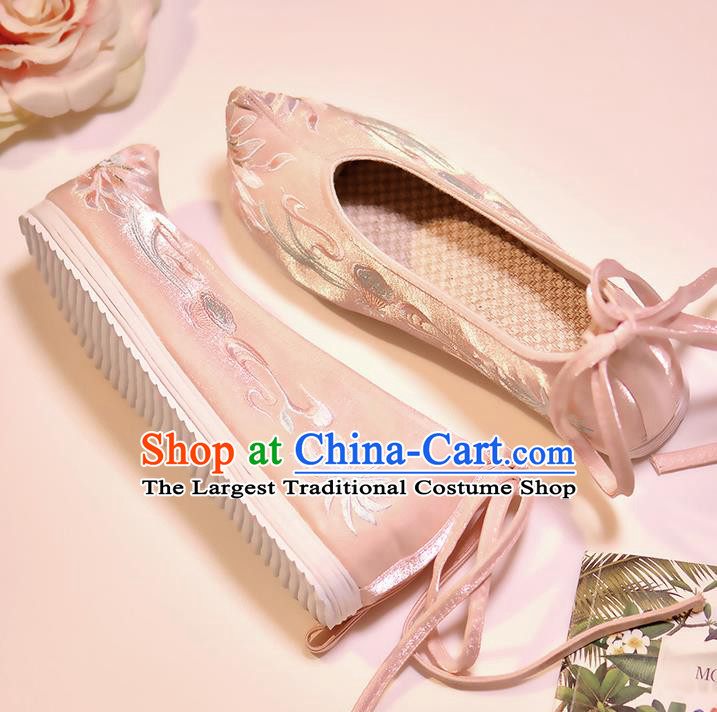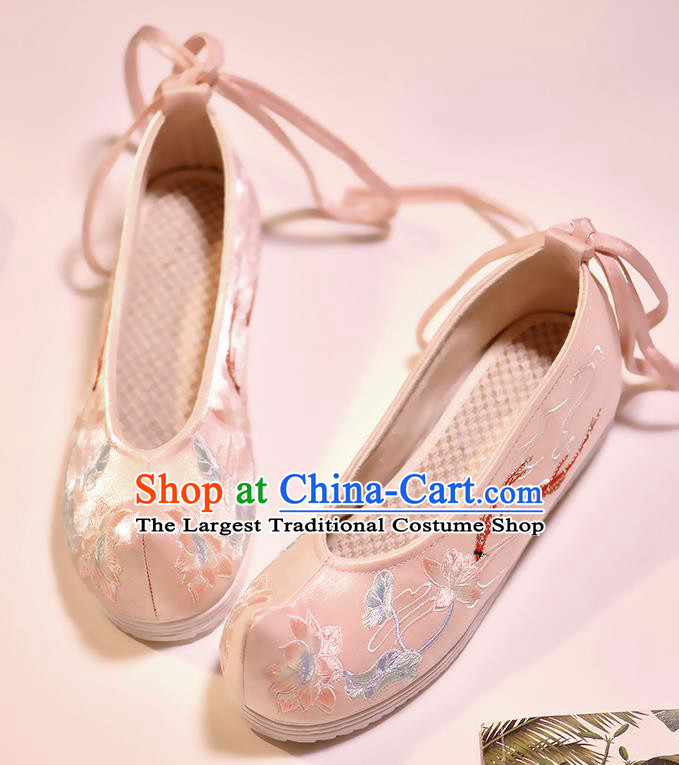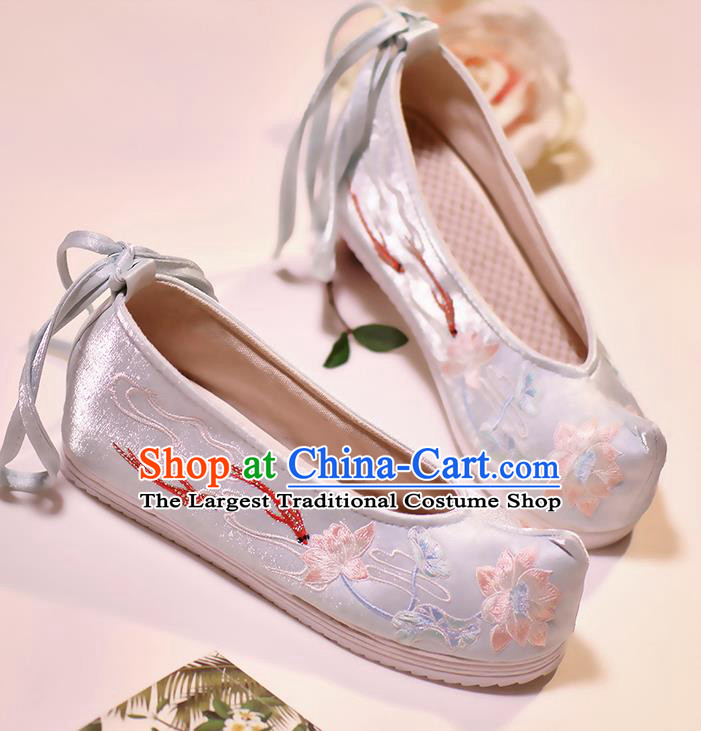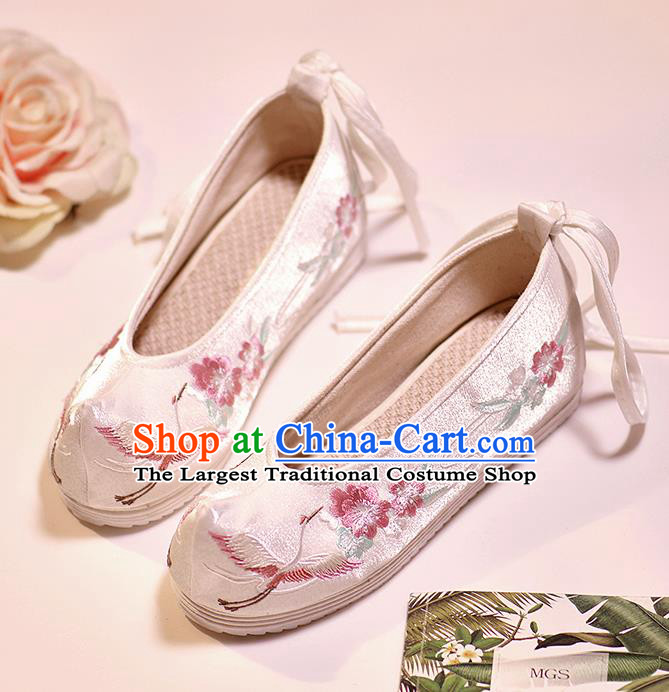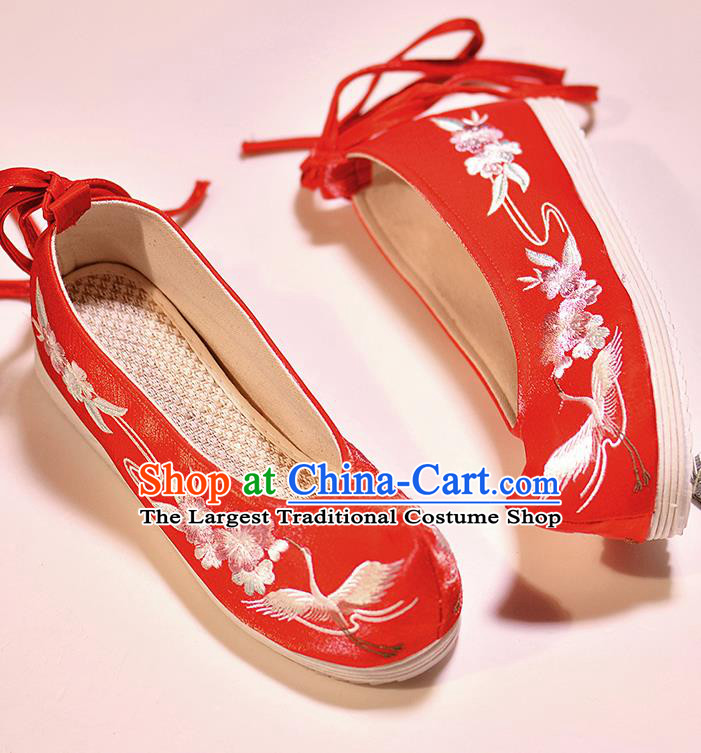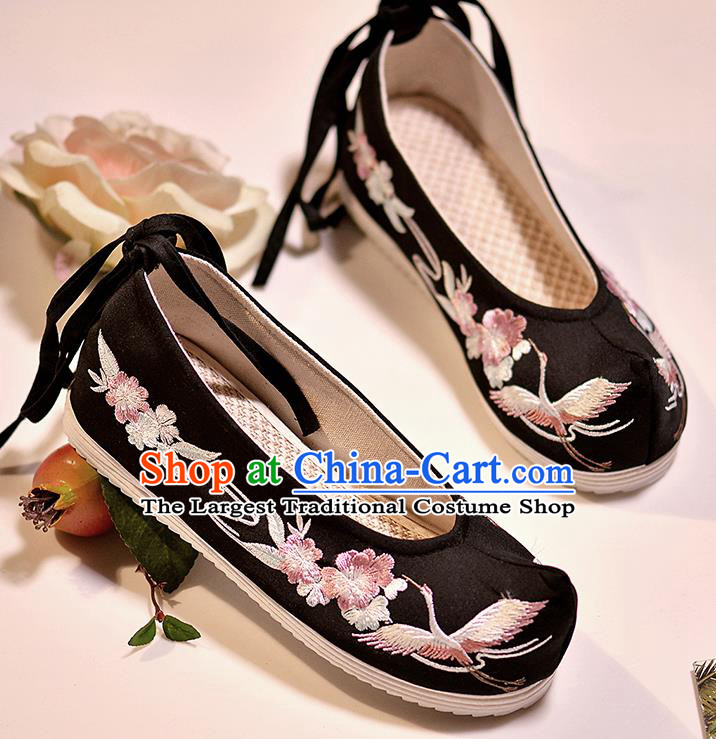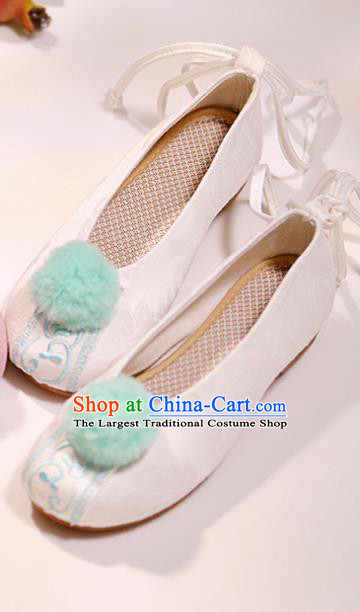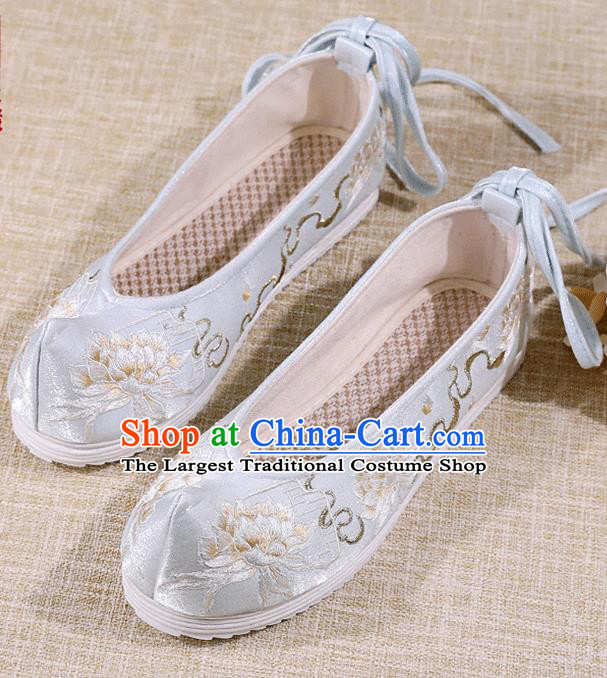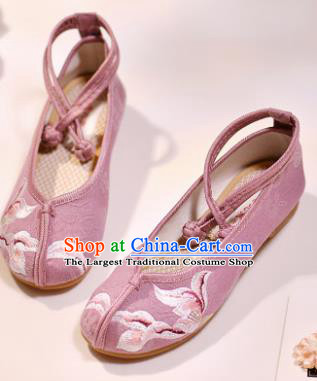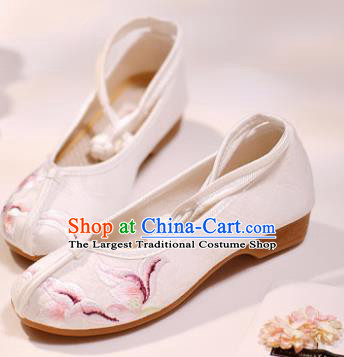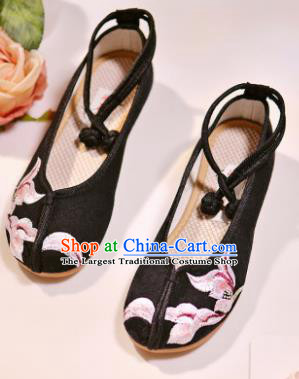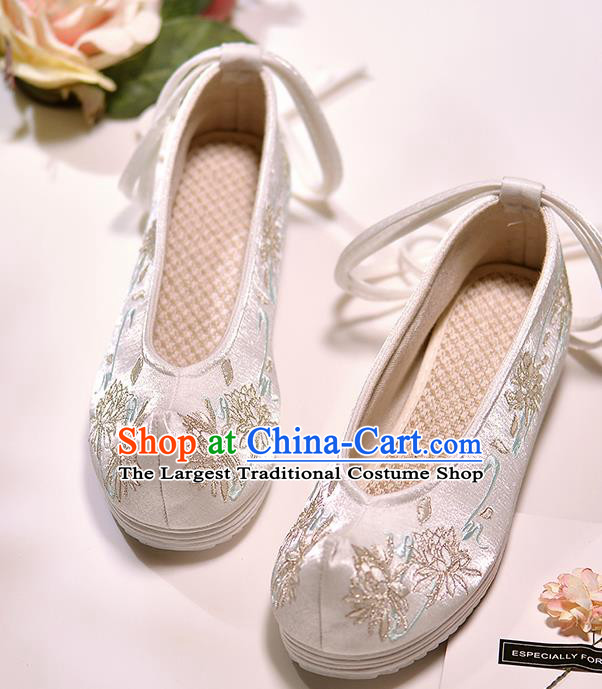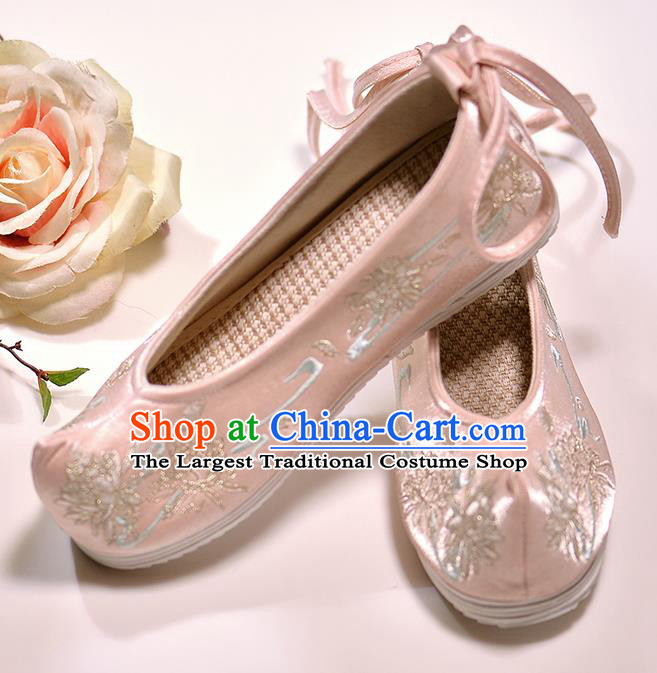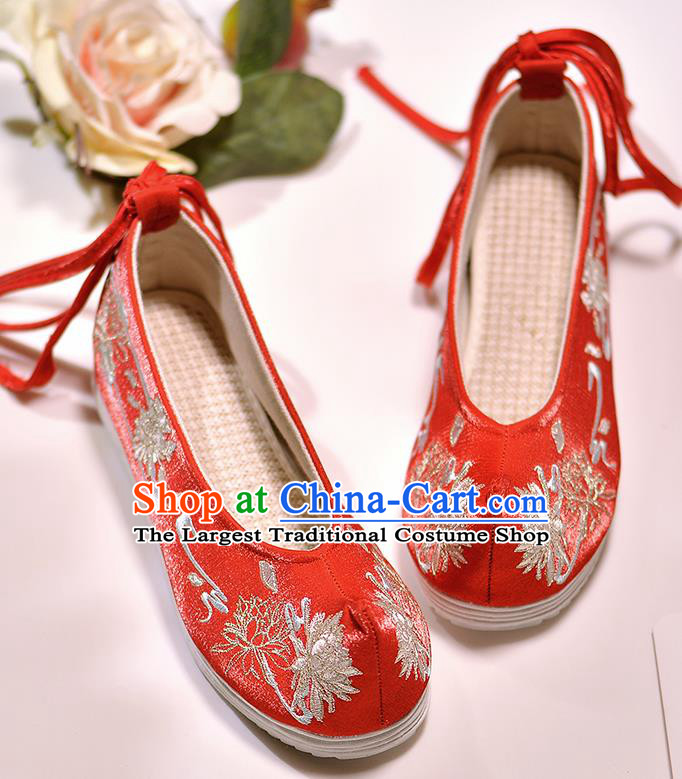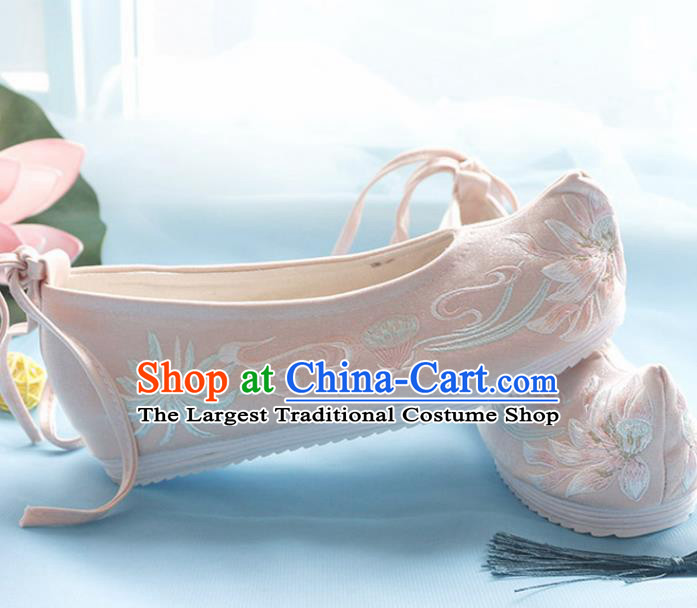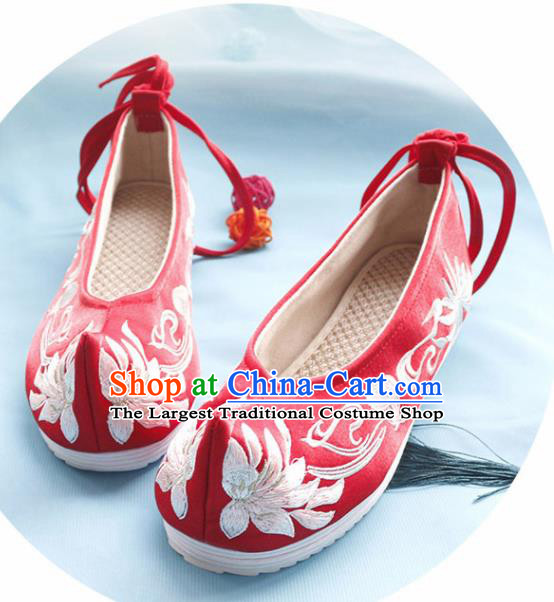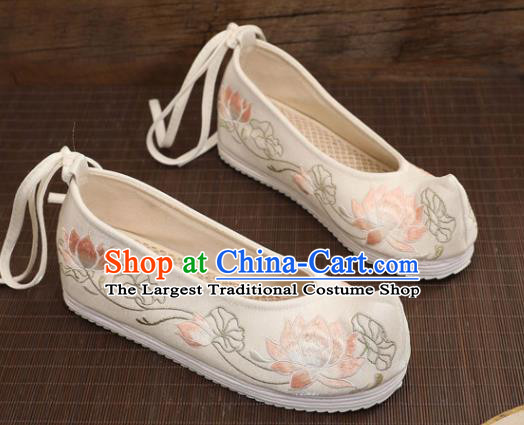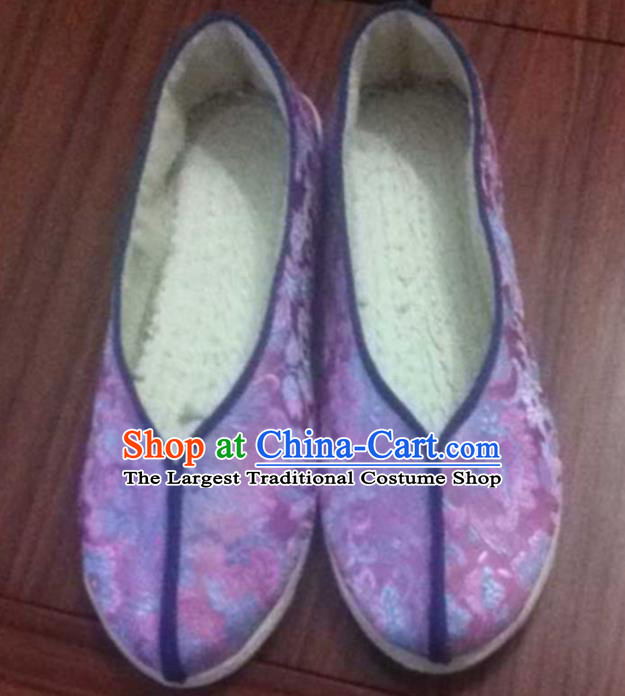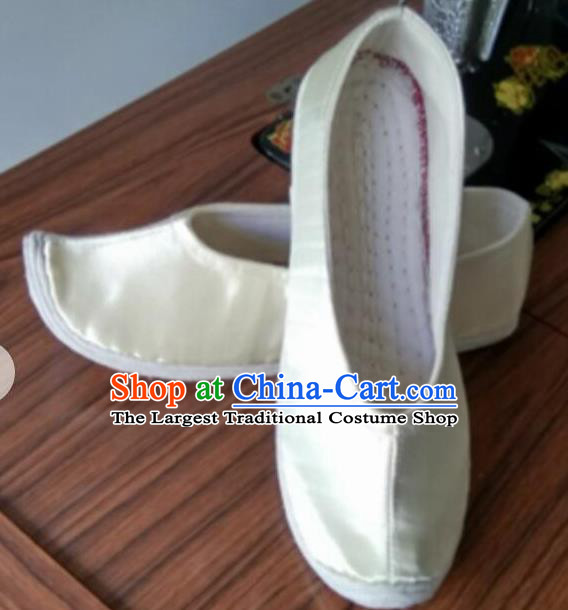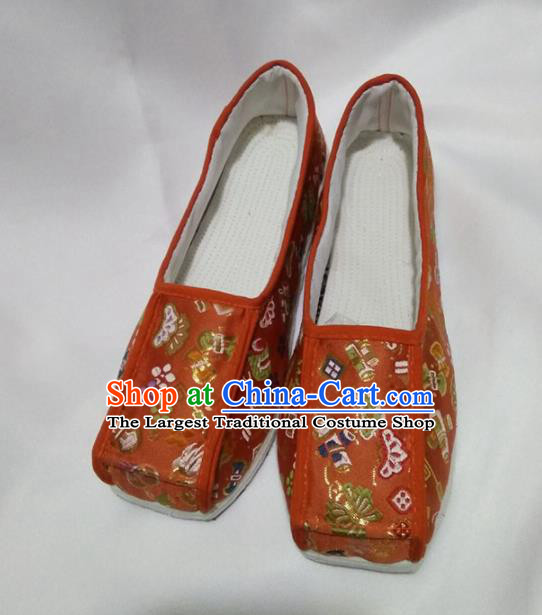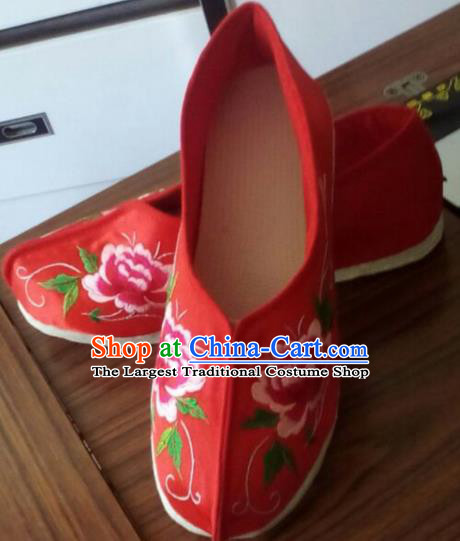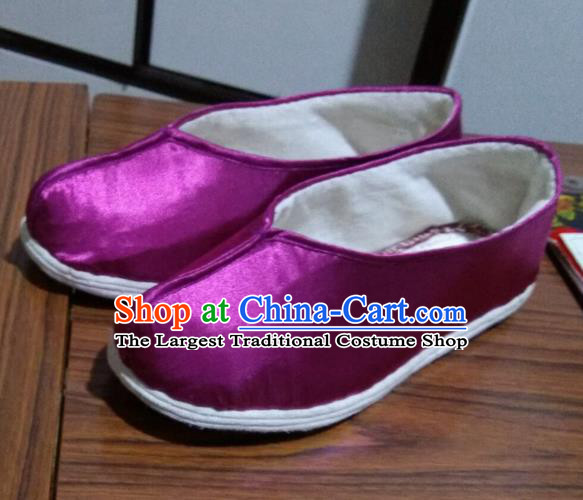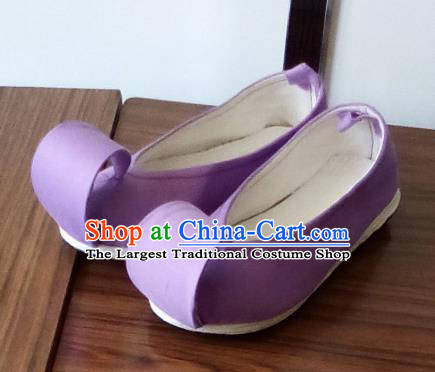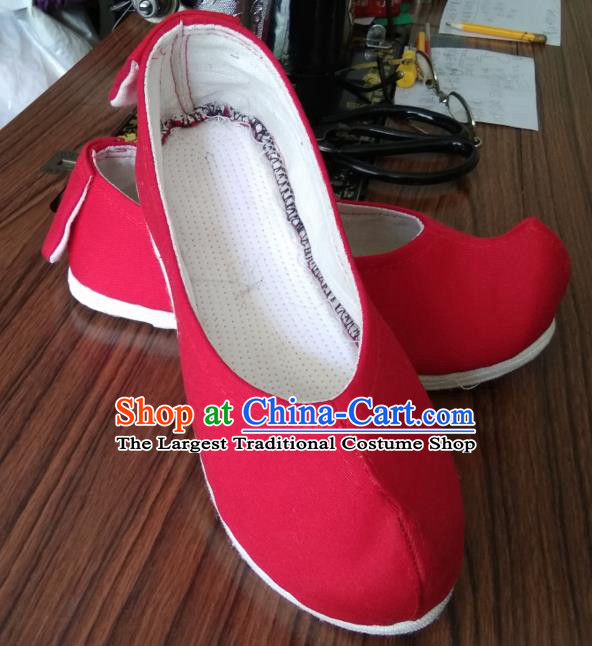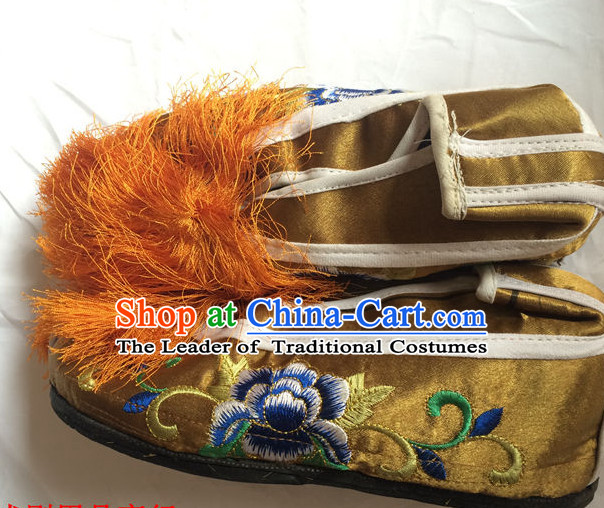
Click Related Pictures for More Audios:
Chinese traditional opera shoes, also known as "huadan shoes," are a special type of footwear worn by female characters in ancient Chinese opera performances.
They have rich cultural connotations and historical significance, representing the essence of Chinese traditional culture.
Firstly, Chinese traditional opera shoes have a unique design and rich colors.
They usually use bright colors such as red, yellow, blue, etc.
to highlight the character's personality traits and emotional expressions.
In addition, various patterns such as flowers, animals, cloud patterns, etc.
are embroidered on the shoes, which are not only beautiful but also symbolic, reflecting the aesthetic concepts and philosophical thoughts of Chinese traditional culture.
Secondly, Chinese traditional opera shoes play a pivotal role in history.
They are not only essential props for actors during performances but also carry rich cultural connotations.
For example, the patterns on the shoes may represent a certain meaning or symbolism, such as the auspicious pattern of dragon and phoenix, which means that the actor can receive good luck and success.
At the same time, the material and production techniques of the shoes also reflect the exquisite skills and pursuit of beauty of ancient craftsmen.
Lastly, Chinese traditional opera shoes are of great significance for inheriting and promoting excellent traditional Chinese culture.
By studying and researching these ancient shoes, we can better understand the customs, aesthetic concepts, and artistic creations of ancient Chinese society.
This helps us to have a better understanding of our cultural roots, enhance national pride and cultural confidence.
In conclusion, Chinese traditional opera shoes are a unique cultural art form that not only has a beautiful appearance and rich connotations but also carries the historical memory and cultural inheritance responsibility of the Chinese nation.
Let us cherish these precious cultural heritages and contribute to the inheritance and development of excellent traditional Chinese culture.

